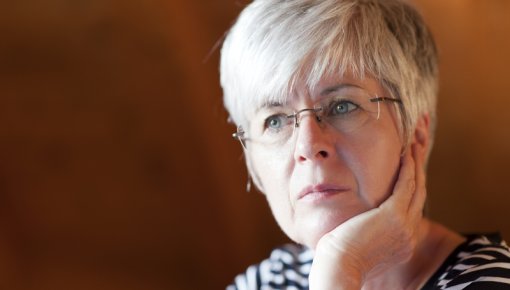Introduction

Being diagnosed with breast cancer often comes as a shock at first, and makes people feel very frightened and anxious. Having cancer can really turn your life upside down for a while. It helps to know that if you get breast cancer for the first time and it hasn’t spread far, there’s a good chance that treatment can lead to full recovery. There are also many support services that help people in everyday life, to return to work and cope emotionally with breast cancer.
